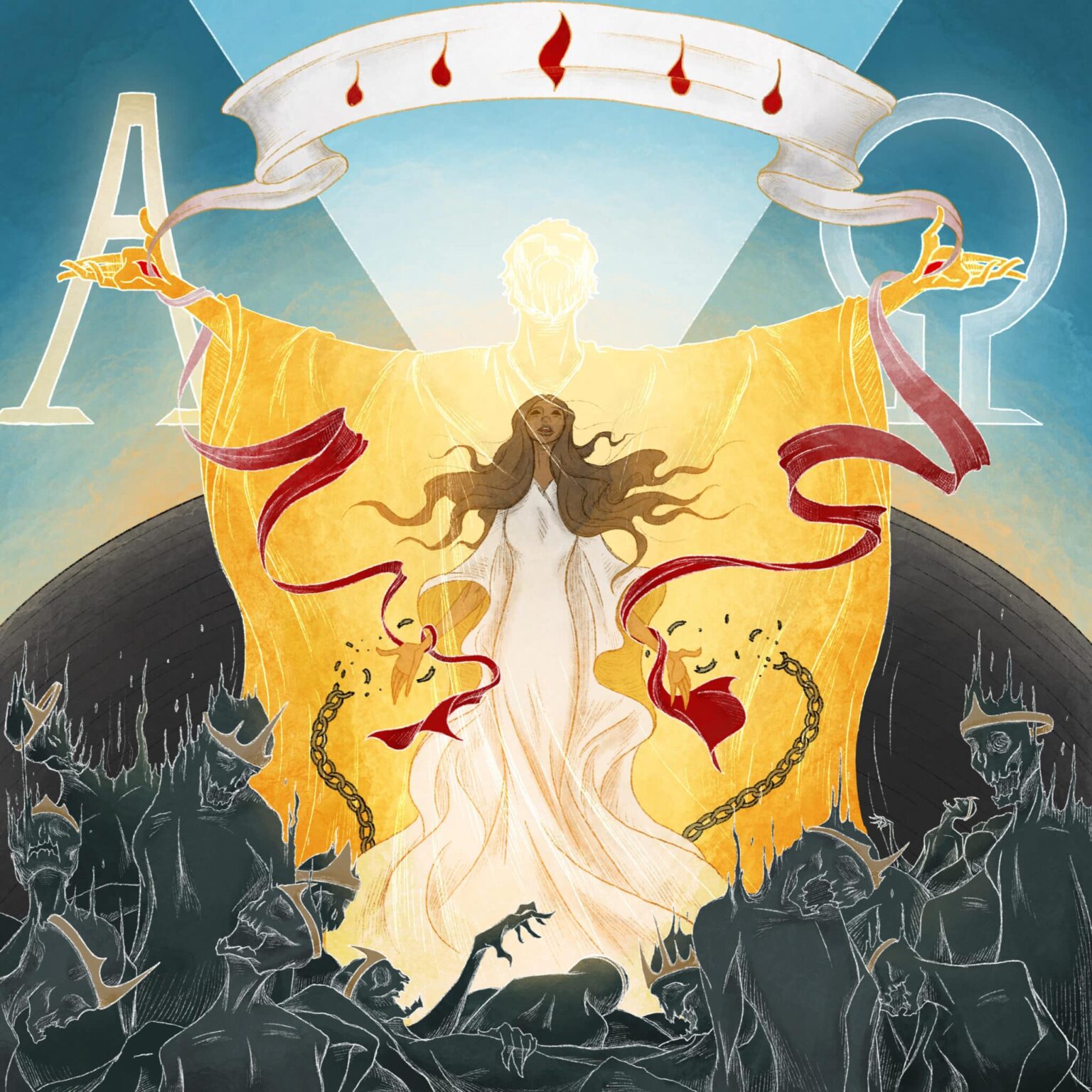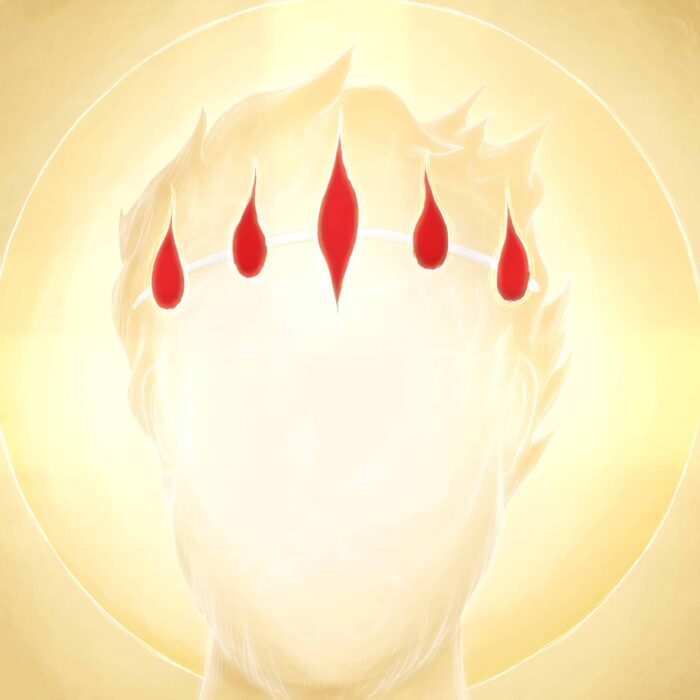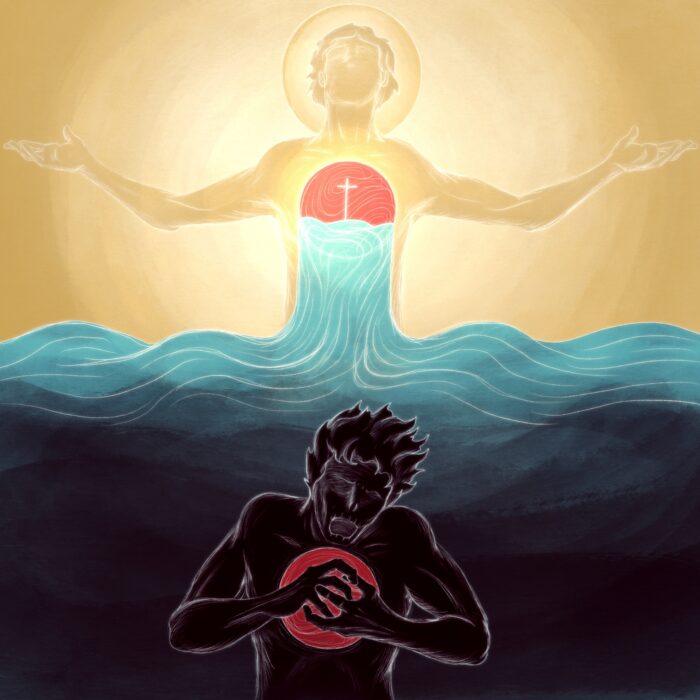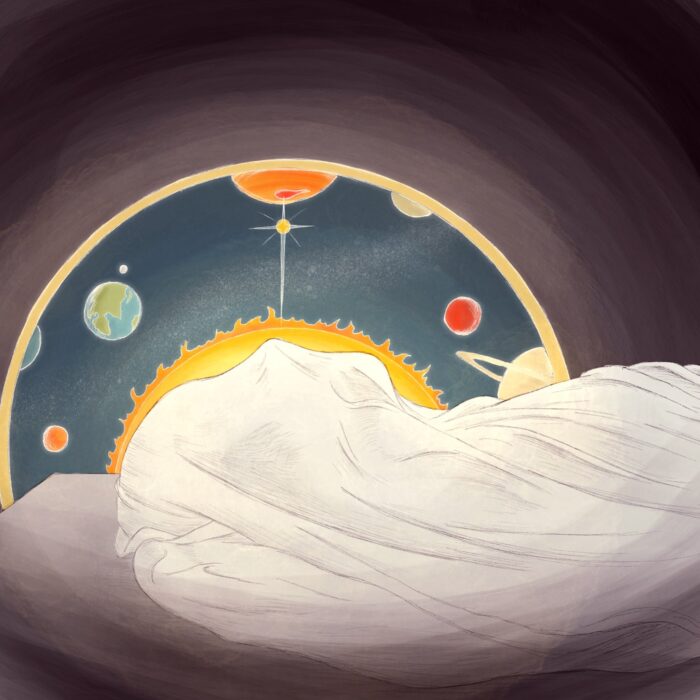Hebrews 7:25, ‘…He is able to save to the uttermost the ones drawing near to God through Him, since He always lives to intercede on their behalf.’
The author of Hebrews uses two related words here. The word translated ‘to the uttermost’ is παντελής which combines ‘pan’ (for all) and ‘telos’ (as in, goal or perfection or completion). Thus to save ‘to the uttermost’ carries the idea of saving unto the total and finally complete end. Related to this word by common prefix is πάντοτε, which is translated ‘always’. It uses the same ‘pan’ prefix as in ‘to the uttermost’, but combines it with ‘ote’ which means ‘related to time.’ Thus, πάντοτε might mean ‘all time.’ To sum this all up, the author of Hebrews says that Jesus saves those who trust in Him unto ‘all perfection’ because He lives for ‘all time.’
One truth we can take from this is that the indestructible resurrection-life of Jesus Christ is the ground for His invincible preservation of those who belong to Him. His people’s salvation is as sure and as enduring as His own life; as John tells us, because He lives, we also will live (John 14:19). And our salvation is as sure as His life because, as long as He lives, He makes intercession for those who trust in Him. What is this High Priestly intercession? It is, I would suggestion, Himself. His own resurrected flesh, etched with the wounds of His people’s damnation as it has been borne and overcome in obedient love, IS His priestly intercession before the Father. All who draw near to God under this banner—the banner of the anastasiform flesh of the Beloved Son—are saved to the uttermost, to the absolute end, to the fullness of perfection, because the one in whom they are saved and who intercedes as their High Priest—who is Himself the essence and joy of their salvation—has been raised, never to die again.
This image tries to communicate these things in a few ways.
First, the crowd of dead and disintegrating kings represent other saviors, other sources of hope and security. Though they may promise—and, for a time, provide—a measure of ‘salvation’, they cannot finally save because they will themselves eventually be destroyed. Notice that they are all within the half circle of darkness that represents the stone of Christ’s tomb. They are still ‘in the grave’…Only one who has endured and overcome death can save beyond death.
Secondly, the woman, representing the Church, is inside of the risen Christ. This is a technique I often use to emphasize that our salvation—from beginning to end—is nothing other than union to Jesus Christ. Righteousness, purity, acceptance before the Father, victory over sin and death, enduring joy into the age to come, these things—and any other aspect of salvation, indeed, salvation itself—are simply varied ways of saying ‘union with Christ.’ As Hebrews says, our salvation comes as we draw to God near through Jesus. Christ is the context in which this all takes place.
The Bride’s chains (an allusion to the woman bound by Satan in Luke 13:10-17, the only other place παντελής occurs in the NT) are shattered by the bonds of Christ’s love—red cloth to represent His blood / death and resurrection. Note that the cloths of Christ’s redeeming love bind the Bride to Himself. He sets His people free, but not free to ‘autonomy’; free to Himself, free to belong to Him.
The same cloths that free and bind the Bride travel through Christ’s wounded hands to form a banner emblazoned with the five wounds of his Passion. This represents His everlasting intercession before the Father, His unceasing display of the wounds of damnation-overcome in His own risen flesh as witness to His people’s ransom.
See also that hands of the Risen Christ, outstretched as on the cross, span from the ‘Alpha’ and ‘Omega’. A way of showing that ‘always lives’—precisely as the One who was crucified—in order to make the intercession of Himself before God.
Finally, the inverted triangle behind Christ’s head that extends up and out of the frame represents the fullness of the triune life of love into which Christ gathers His Bride. This is what it is to be saved ‘to the uttermost’, namely, to be drawn ever further up and further in to the life of love which is the Father and the Son in the Spirit. See also that Christ’s face is the radiant center of the triangle upon which the Bride gazes, a reminder that—for all eternity—the ‘face’ of God turned toward His people in steadfast love and faithfulness will be the face of the crucified and risen Jesus Christ (Rev. 22:1-3).




